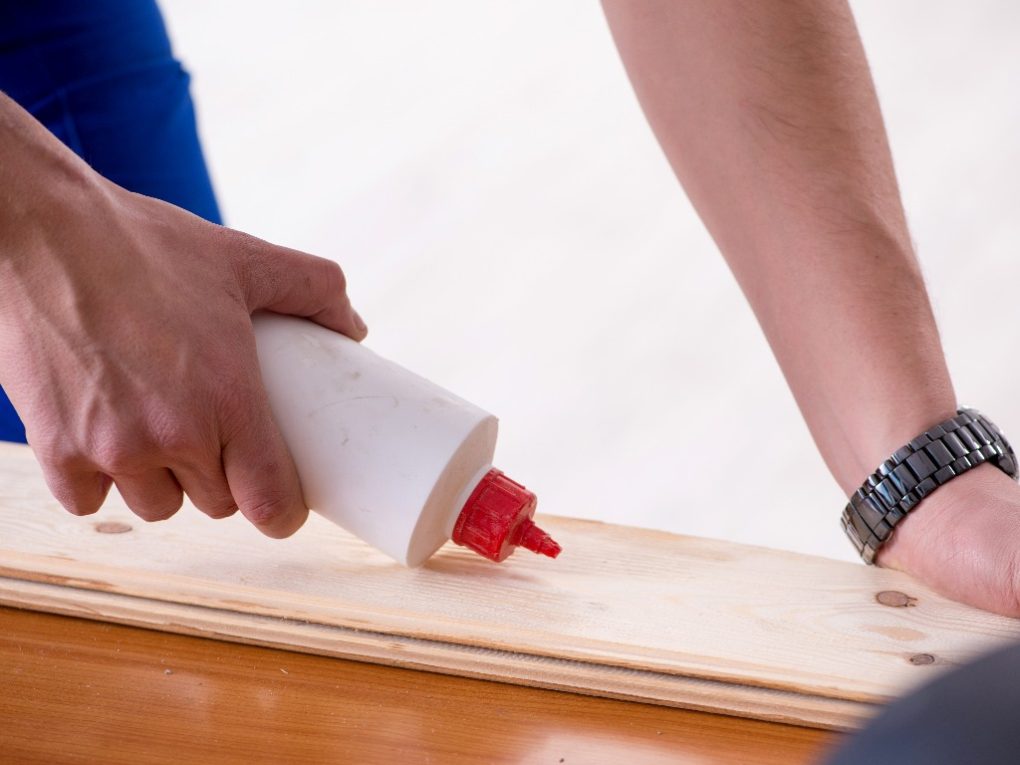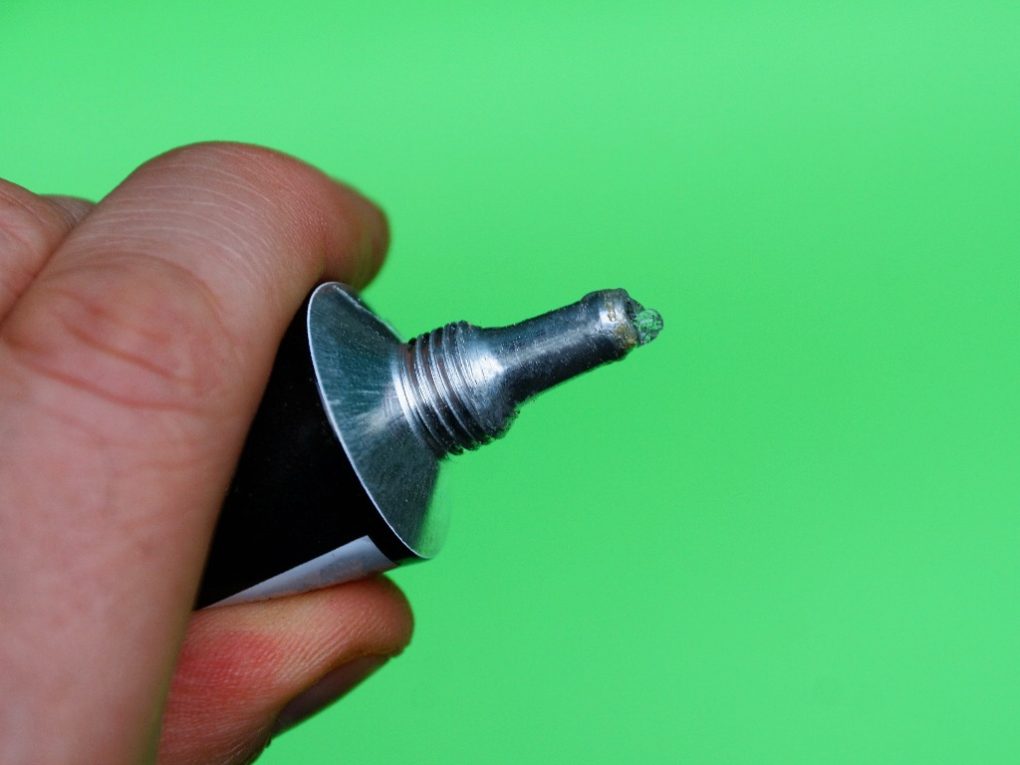Actually, freezing glue won’t speed up drying. Lower temperatures tend to slow down the chemical reactions needed for it to set. Extreme cold can also mess with the glue’s texture adn potentially ruin its effectiveness. Plus, if it’s a water-based glue, freezing can cause the water inside to turn to ice, which can weaken the bond and change the glue’s texture after it thaws.
A Process on How Glue Works
Adhesive is a tacky material designed to join two surfaces. It forms a robust connection that’s often hard to separate. The market offers various adhesives, each with specific characteristics and applications.
The prevalent adhesive is white glue. It consists of polyvinyl acetate (PVA) and water. Upon application, the water evaporates. This leaves a PVA layer. The PVA then strongly adheres to the surface. This creates a lasting bond.
Super glue, crafted from cyanoacrylate, represents another adhesive option.Upon application, it interacts with airborne moisture, creating a robust connection. Its rapid drying time is a key feature, enabling bonding within mere seconds.
Adhesives are categorized by their setting mechanism. Some harden via evaporation, others through chemical processes. Common white glue dries by evaporation, whereas super glue hardens due to a chemical reaction.
Factors That Affect Glue Drying Time
Glue drying times differ based on several elements. Knowing these elements helps you pick the best glue. It also ensures fast drying for your projects. Here are the main things affecting how fast glue dries:
Humidity
Humidity greatly affects glue drying time. High humidity usually extends drying time. low humidity shortens it. Glue needs evaporation to dry. High air moisture hinders this. If working in humid conditions, take extra steps for proper drying.
Temperature
Workspace temperature impacts glue drying time. Warmer environments accelerate drying. Cooler temperatures slow it down. Heat boosts moisture evaporation. However, avoid overheating glue. This prevents melting or damage.
Type
The adhesive’s composition significantly affects drying duration. Various glues possess unique chemical makeups, influencing their drying speed. Certain glues are engineered for rapid drying, while others dry slowly, enabling adjustments. Selecting the appropriate glue for your task is crucial for efficient and timely drying.

Thickness
According to ThreeBond International, the amount of glue you use impacts drying time.Thicker glue layers dry slower because more moisture must evaporate. For faster drying, apply glue in thin coats. Avoid using too much at once.
Things That Happens to Glue When It’s Frozen
From practical observation,extreme cold can freeze the adhesive. The impact of freezing on the glue’s composition differs based on its specific type.
Certain adhesives might turn brittle or lose strength after freezing. Others remain unaffected. The primary reason some glues degrade in the freezer is that freezing can harm their sensitive components, reducing their bonding power.
Though, certain glues resist damage from freezing temperatures. Cyanoacrylate adhesives, commonly called superglues, are formulated to be freeze-resistant. Titebond wood glues also tolerate freezing well. These glues are engineered to endure five to ten freeze-thaw cycles.This makes them suitable for storage in cold conditions.

Freezing glue requires caution. Always use an airtight container to prevent moisture contamination.Moisture can alter the glue’s chemical composition. While some glues tolerate freezing, it’s generally discouraged. Freezing can compromise the glue’s structure and reduce its bonding strength.
Tips to Properly Store Glue
Proper glue storage maximizes its lifespan and maintains its effectiveness. Follow these tips for optimal glue storage:
Use these storage guidelines to keep your glue working well for upcoming tasks. Good storage saves money by stopping you from replacing glue that’s gone bad.
